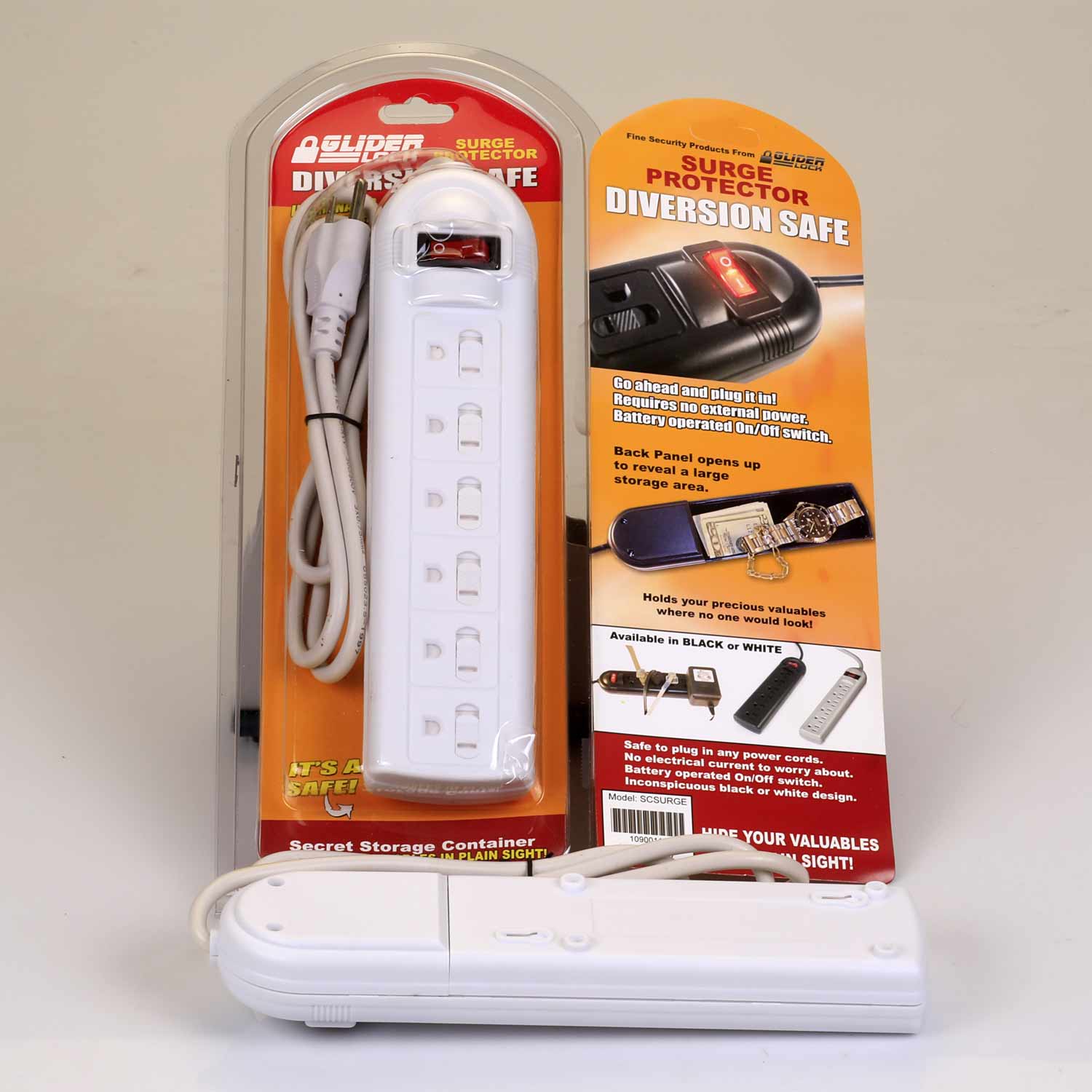

Articles
Why Do You Need A Surge Protector
Modified: April 22, 2024
Discover the importance of surge protectors for your valuable electronics. Read our informative articles and learn the benefits of using surge protectors to prevent damage and ensure device longevity.
(Many of the links in this article redirect to a specific reviewed product. Your purchase of these products through affiliate links helps to generate commission for Storables.com, at no extra cost. Learn more)
Introduction
Surge protectors are an essential component of modern electrical systems, safeguarding our valuable electronic devices from power surges. In today’s digital age, where we rely heavily on electronic gadgets such as smartphones, laptops, gaming consoles, and home appliances, protecting our devices from sudden power fluctuations is crucial.
Power surges can occur due to various reasons, including lightning strikes, utility grid fluctuations, and even internal issues within our homes or offices. These surges can cause irreparable damage to our electronics, rendering them useless and resulting in expensive repairs or replacements.
This article dives into the importance of surge protectors, explaining how they work, different types available, their benefits, and how to choose the right one for your needs. It will also highlight common mistakes to avoid when using surge protectors to ensure maximum protection for your electronic devices.
Whether you’re a tech enthusiast, a business professional, or a homeowner looking to protect your electronics, understanding surge protectors and their significance is paramount.
Key Takeaways:
- Surge protectors are essential for safeguarding electronic devices from power surges, ensuring prolonged device lifespan, data protection, and cost-effective solutions, offering peace of mind and convenience.
- When choosing surge protectors, consider factors such as Joule rating, clamping voltage, number of outlets, additional features, warranty, and UL certification. Avoid common mistakes like overloading surge protectors and using improper extension cords to optimize their effectiveness.
Read more: Why Do I Need A Surge Protector For My RV
Importance of Surge Protectors
In today’s technology-driven world, our homes and offices are filled with electronic devices that we heavily rely on for work, entertainment, and communication. These devices are susceptible to damage caused by power surges, which is why surge protectors play a vital role in protecting them.
A power surge is a sudden increase in electrical voltage that can occur within a fraction of a second. It can be caused by lightning strikes, electrical faults, or even switching on high-powered appliances. These surges can overload and damage electronic circuits, leading to data loss, component failure, and rendering our devices unusable.
By installing surge protectors in our electrical systems, we create a barrier between the power source and our valuable electronics. Here are a few reasons why surge protectors are essential:
- Protection against power surges: Surge protectors are designed to detect and redirect excess voltage away from connected devices, protecting them from potential damage. They act as a defense mechanism, absorbing the excess energy and preventing it from reaching your electronics.
- Prolonged device lifespan: Power surges can significantly reduce the lifespan of our electronic devices. By using surge protectors, we can extend the longevity of our gadgets by ensuring a consistent flow of electricity and safeguarding them from sudden voltage spikes.
- Data protection: In addition to protecting the hardware, surge protectors also safeguard the data stored on our devices. Power surges can corrupt files, leading to the loss of important documents, photos, and other digital assets. Surge protectors help prevent data loss and provide peace of mind.
- Cost-effective solution: Investing in surge protectors is a cost-effective measure compared to the potential expenses of repairing or replacing damaged electronics. Surge protectors serve as a first line of defense, preventing costly damage that could occur during power surges.
Overall, surge protectors are instrumental in maintaining the functionality and longevity of our electronic devices. They provide a reliable safety net against unpredictable power surges, ensuring that our devices remain protected and operational for years to come.
How Surge Protectors Work
Surge protectors, also known as surge suppressors or surge arresters, are designed to divert excess voltage caused by power surges away from our electronic devices. By utilizing various protective mechanisms, surge protectors ensure that only safe levels of voltage reach our equipment.
The primary component of a surge protector is a metal oxide varistor (MOV), which acts as a sacrificial element. MOVs are semiconductors that have the ability to suppress voltage spikes by absorbing excessive energy. When a voltage surge occurs, the MOV quickly detects the increase and redirects the excess electrical energy to the grounding wire, diverting it away from the connected devices.
In addition to the MOV, surge protectors often feature other protective components, including:
- Gas discharge tubes (GDT): GDTs are another type of surge protection component that reacts to high voltage by creating a low-resistance path to ground. They are commonly used in combination with MOVs to provide multi-stage surge protection.
- Transient voltage suppression diodes (TVS diodes): TVS diodes are fast-acting components that can quickly clamp or suppress voltage spikes. They are effective in protecting against transient voltage events caused by electrostatic discharge (ESD).
- Filters and capacitors: Surge protectors may also include filters and capacitors to improve the quality of the electrical signal and suppress electromagnetic interference (EMI) and radio frequency interference (RFI).
- Fuse or circuit breaker: Surge protectors often have built-in fuses or circuit breakers to provide overcurrent protection. These devices limit the amount of electrical current flowing through the surge protector to prevent overheating and fire hazards.
It is important to note that surge protectors have a limited lifespan and can wear out over time as they absorb multiple voltage spikes. Some surge protectors include indicator lights or alarms to indicate when they are no longer offering full protection and need to be replaced.
When setting up surge protectors, it is crucial to connect them directly to a grounded power outlet. Avoid using extension cords or power strips that do not have built-in surge protection, as they will not provide the same level of protection for your devices.
By understanding how surge protectors work and utilizing them correctly, we can effectively safeguard our electronic devices from the damaging effects of power surges, ensuring their longevity and reliable performance.
Types of Surge Protectors
Surge protectors come in various types, each offering different features and levels of protection. It’s essential to understand the different types available to choose the one that best suits your specific needs:
- Plug-in Surge Protectors: These surge protectors are the most common type and are designed to be plugged directly into a power outlet. They usually feature multiple outlets, allowing you to connect multiple devices simultaneously. Plug-in surge protectors range from basic models to advanced ones with additional features like USB ports, coaxial cable protection, and Ethernet surge protection.
- Power Strip Surge Protectors: Power strip surge protectors are a combination of a surge protector and a power strip. They provide surge protection for multiple devices while offering additional outlets for convenience. Power strip surge protectors are ideal for use in home offices, entertainment centers, and areas where multiple devices need to be connected.
- Wall-Mounted Surge Protectors: As the name suggests, these surge protectors are designed to be mounted on the wall. They provide a cleaner and more organized look by eliminating the need for power cords running across the floor. Wall-mounted surge protectors usually have a compact design and are suitable for areas with limited space.
- Rack-Mounted Surge Protectors: Rack-mounted surge protectors are commonly used in commercial environments, such as data centers and server rooms. They are designed to be mounted on equipment racks and provide surge protection for multiple devices, including servers, networking equipment, and other critical infrastructure.
- Whole-House Surge Protectors: Unlike plug-in surge protectors that provide protection at individual outlets, whole-house surge protectors are installed at the main electrical panel to protect the entire home or building. They offer comprehensive protection by intercepting power surges before they enter the electrical system, safeguarding all outlets and devices within the premises.
When selecting a surge protector, consider the specific needs of your devices and the level of protection required. It’s also essential to check the surge protector’s Joule rating, which represents its capacity to absorb excess energy. Higher Joule rating indicates better protection.
Remember that surge protectors are not foolproof, and severe power surges may still damage devices even with surge protection. For added protection, consider using uninterruptible power supply (UPS) systems with surge protection features for critical equipment like computers and servers.
Choosing the right type of surge protector ensures that your devices are safeguarded against power surges, providing you with peace of mind and maximizing the lifespan of your electronic equipment.
When choosing a surge protector, look for one with a high joule rating to ensure it can handle large power surges. It’s also important to consider the number of outlets and the warranty offered.
Benefits of Using Surge Protectors
Using surge protectors offers numerous benefits that go beyond just protecting our electronic devices. Here are some key advantages of incorporating surge protectors into our electrical systems:
- Device protection: The primary benefit of using surge protectors is protecting our electronic devices. By diverting excess voltage away from our devices during power surges, surge protectors prevent costly damage that can occur due to electrical spikes. This includes protecting sensitive components, circuit boards, and data stored in devices, ensuring their longevity and reliable performance.
- Cost savings: Investing in surge protectors can help save money in the long run. By preventing damage to our devices, surge protectors eliminate the need for costly repairs or replacements. Repairing or replacing just one damaged device due to a power surge can easily exceed the cost of purchasing a surge protector.
- Peace of mind: Surge protectors provide peace of mind, knowing that our devices are well-protected from power surges. Whether it’s during a thunderstorm, electrical fluctuations, or other unforeseen events, having surge protectors in place can alleviate concerns about potential damage to our valuable electronics.
- Convenience and flexibility: Surge protectors offer the flexibility to connect multiple devices to a single power outlet. They provide additional outlets, allowing us to connect all our devices conveniently. This eliminates the need for multiple power outlets or the use of extension cords, making our setups more organized and efficient.
- Improves overall system reliability: By minimizing the risk of power surges, surge protectors help improve the overall reliability of our electrical systems. Power surges can cause damage not only to our devices but also to other components in our electrical systems. Surge protectors ensure a stable and consistent flow of electricity, reducing the chances of system failures or malfunctions.
- Protection against transient voltage events: Surge protectors not only guard against large-scale power surges but also protect against smaller transient voltage events, such as electrostatic discharge (ESD). These events, which can occur during normal operation, may cause cumulative damage to electronic devices over time. Surge protectors with built-in transient voltage protection provide an additional layer of defense against these subtle yet potentially harmful voltage spikes.
Overall, using surge protectors offers a wide range of benefits, from protecting our devices against damage and extending their lifespan to providing peace of mind and enhancing the overall reliability of our electrical systems. It is a small investment that yields significant returns in terms of cost savings and device protection.
Choosing the Right Surge Protector
When it comes to selecting a surge protector, it’s important to consider various factors to ensure you choose the right one that meets your specific needs. Here are some key considerations to keep in mind:
- Joule rating: The Joule rating indicates the surge protector’s capacity to absorb energy from power surges. A higher Joule rating generally means better protection. Look for surge protectors with a higher Joule rating to ensure robust surge protection for your devices.
- Clamping voltage: The clamping voltage is the voltage level at which the surge protector starts diverting excess energy. Lower clamping voltages offer better protection as they redirect voltage spikes at lower levels. Aim for surge protectors with a clamping voltage of 600 volts or less.
- Number of outlets: Consider the number of outlets you require to accommodate your devices. Surge protectors come with different outlet configurations, so choose one that offers enough outlets without overloading the surge protector or creating a mess of wires.
- Additional features: Think about any additional features you may need. This could include USB ports for charging devices, coaxial cable protection for home entertainment systems, Ethernet surge protection for network equipment, or even timed outlets for energy-saving purposes. Select a surge protector that offers the features that align with your requirements.
- Warranty: Check for the warranty offered by the surge protector manufacturer. A longer warranty period indicates the manufacturer’s confidence in their product’s performance. Look for surge protectors with at least a warranty of a year or more.
- UL rating and certification: Ensure that the surge protector has undergone and passed testing by a recognized certification organization, such as Underwriters Laboratories (UL). The UL mark ensures that the surge protector meets safety and performance standards, providing added assurance.
- Consider your devices: Take into account the specific requirements of your connected devices. If you have high-end electronics or sensitive equipment that requires extra protection, consider investing in a more advanced surge protector or even a whole-house surge protection system.
- Replaceable components: Some surge protectors have replaceable components, such as the metal oxide varistor (MOV) or the surge protection module. These components can wear out over time as they absorb surges. Surge protectors with replaceable parts offer the advantage of easily replacing the worn-out components, extending the longevity of the surge protector.
By considering these factors, you can select a surge protector that offers the right level of protection and functionality for your devices and electrical system. Remember, different devices may have different power requirements, so ensure that the surge protector can handle the total wattage of your devices without overloading it.
Always follow the manufacturer’s guidelines for installation and usage to ensure optimal performance and protection. Regularly check the surge protector for any signs of wear or damage, and replace it if necessary to maintain effective surge protection.
Choosing the right surge protector ensures that your devices are well-protected from power surges and provides you with the peace of mind of having a reliable and robust shield against electrical threats.
Common Mistakes to Avoid
While surge protectors are essential for protecting our electronic devices, it’s important to avoid common mistakes that could undermine their effectiveness. Here are some common mistakes to avoid when using surge protectors:
- Not using surge protectors at all: One of the biggest mistakes is not using surge protectors altogether. Some people may underestimate the risk of power surges or simply overlook the importance of surge protection. It’s crucial to use surge protectors to safeguard our valuable electronics.
- Using outdated or low-quality surge protectors: Using outdated or low-quality surge protectors can limit their ability to provide adequate protection. Older surge protectors may not be designed to handle the demands of modern electronics or may not meet the latest safety standards. Invest in high-quality surge protectors from reputable brands to ensure optimal protection.
- Overloading surge protectors: Plugging too many devices into a single surge protector can overload it and compromise its ability to protect against power surges. Be mindful of the total wattage and amp ratings of the surge protector and avoid overloading it to maintain its effectiveness.
- Using improper extension cords: Connecting surge protectors to improper extension cords without surge protection capabilities can negate the protection offered by the surge protector. Make sure to use extension cords that have built-in surge protection or opt for surge protector power strips with sufficient outlets.
- Using surge protectors in damp or wet areas: Surge protectors should never be used in areas where they can come into contact with moisture. Plugging surge protectors into damp or wet outlets or using them in bathrooms or outdoor areas can pose serious safety hazards. Keep surge protectors and their connections dry at all times.
- Not replacing surge protectors after a significant surge: Surge protectors have a limited lifespan and can be worn out or damaged after absorbing significant surges. If you experience a major power surge, such as during a lightning storm, it’s important to replace the surge protector as it may no longer provide adequate protection.
- Forgetting to ground the surge protector: Proper grounding is crucial for surge protectors to function effectively. Ensure that the surge protector is connected to a grounded electrical outlet and that the grounding wire is securely attached. Improper grounding can render the surge protector ineffective.
- Using surge protectors with expired warranties: Surge protectors often come with warranties that offer protection against defects or failures. However, using surge protectors with expired warranties can leave you without any recourse if the surge protector fails to provide adequate protection. Keep track of the warranty period and replace surge protectors before the warranty expires.
By avoiding these common mistakes, you can ensure that your surge protectors are functioning optimally and offering reliable protection for your electronic devices. Regularly inspect surge protectors for any signs of wear, damage, or expiration, and replace them when necessary to maintain a high level of surge protection.
Remember, surge protectors are an investment in safeguarding your devices and protecting them from the potential damage caused by power surges. Take proper precautions, use surge protectors appropriately, and prioritize the safety and longevity of your electronics.
Conclusion
Surge protectors are a crucial component in safeguarding our electronic devices from the damaging effects of power surges. They offer a multitude of benefits, including device protection, cost savings, peace of mind, and improved system reliability. By diverting excess voltage away from our devices, surge protectors ensure that only safe levels of electricity reach them, prolonging their lifespan and minimizing the risk of damage.
When choosing a surge protector, consider factors such as the Joule rating, clamping voltage, number of outlets, additional features, warranty, and UL certification. By selecting the appropriate surge protector for your specific needs, you can ensure enhanced protection for your devices.
It’s important to avoid common mistakes such as not using surge protectors, using outdated or low-quality ones, overloading surge protectors, using improper extension cords, neglecting proper grounding, and not replacing surge protectors after a significant surge. By being mindful of these mistakes, you can optimize the effectiveness of surge protectors and avoid potential risks.
In conclusion, surge protectors are an integral part of our electrical systems, providing a vital layer of defense against power surges. By investing in high-quality surge protectors, using them correctly, and avoiding common mistakes, we can protect our electronic devices, extend their lifespan, and ensure their reliable performance.
Remember, prevention is key. Incorporate surge protectors into your setup, and enjoy the peace of mind of knowing that your valuable electronics are protected from the unpredictable nature of power surges.
Frequently Asked Questions about Why Do You Need A Surge Protector
Was this page helpful?
At Storables.com, we guarantee accurate and reliable information. Our content, validated by Expert Board Contributors, is crafted following stringent Editorial Policies. We're committed to providing you with well-researched, expert-backed insights for all your informational needs.
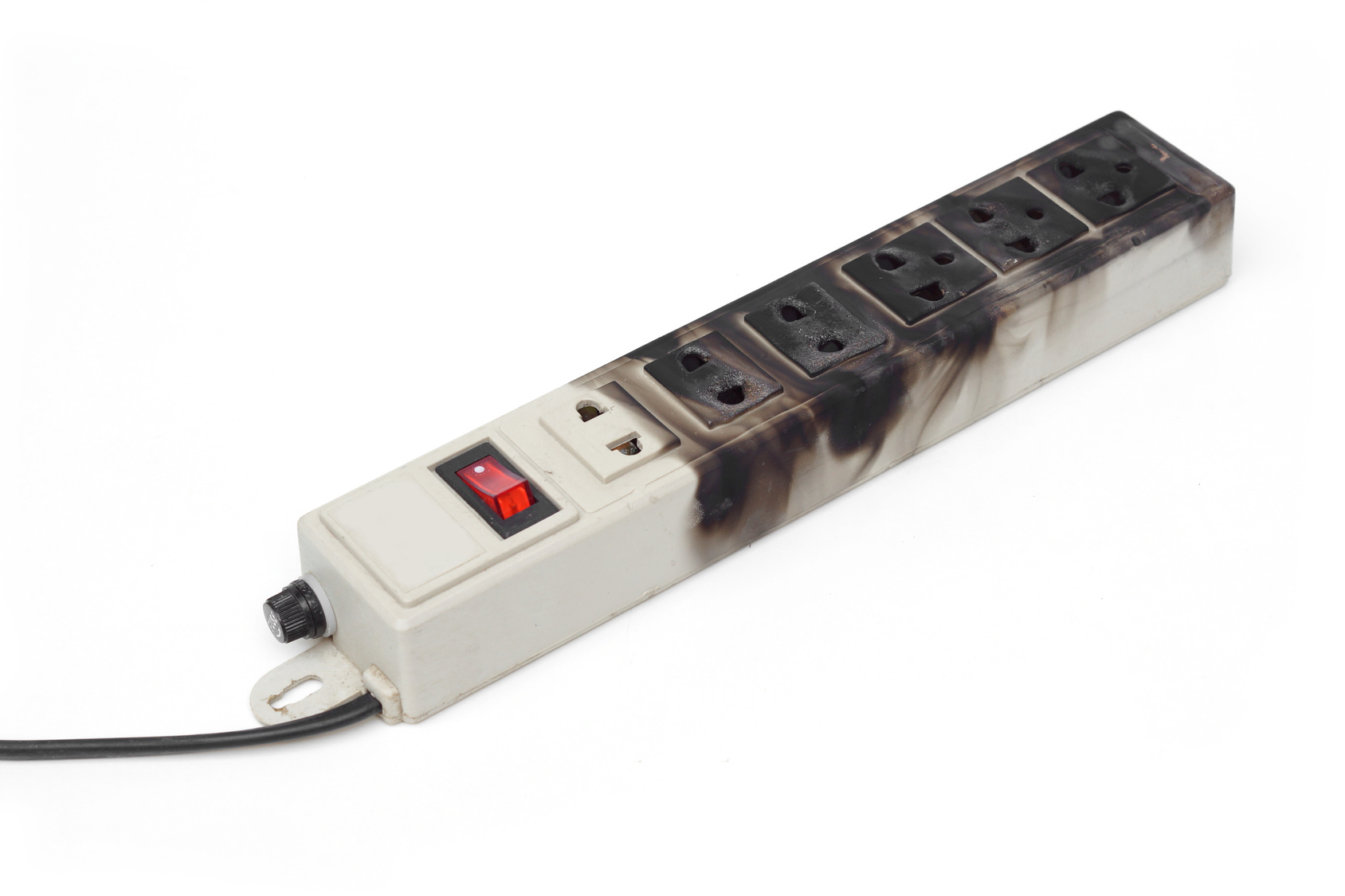
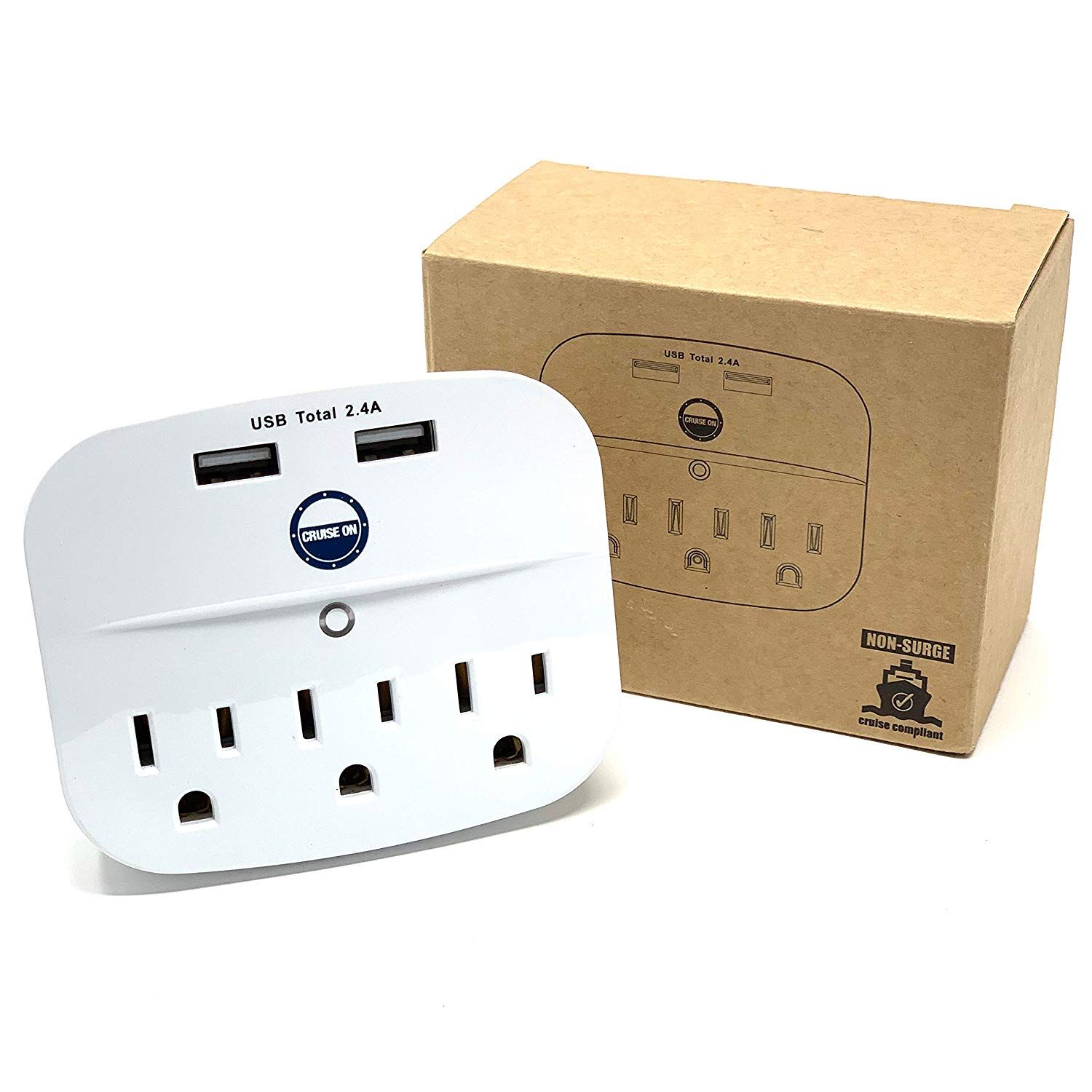
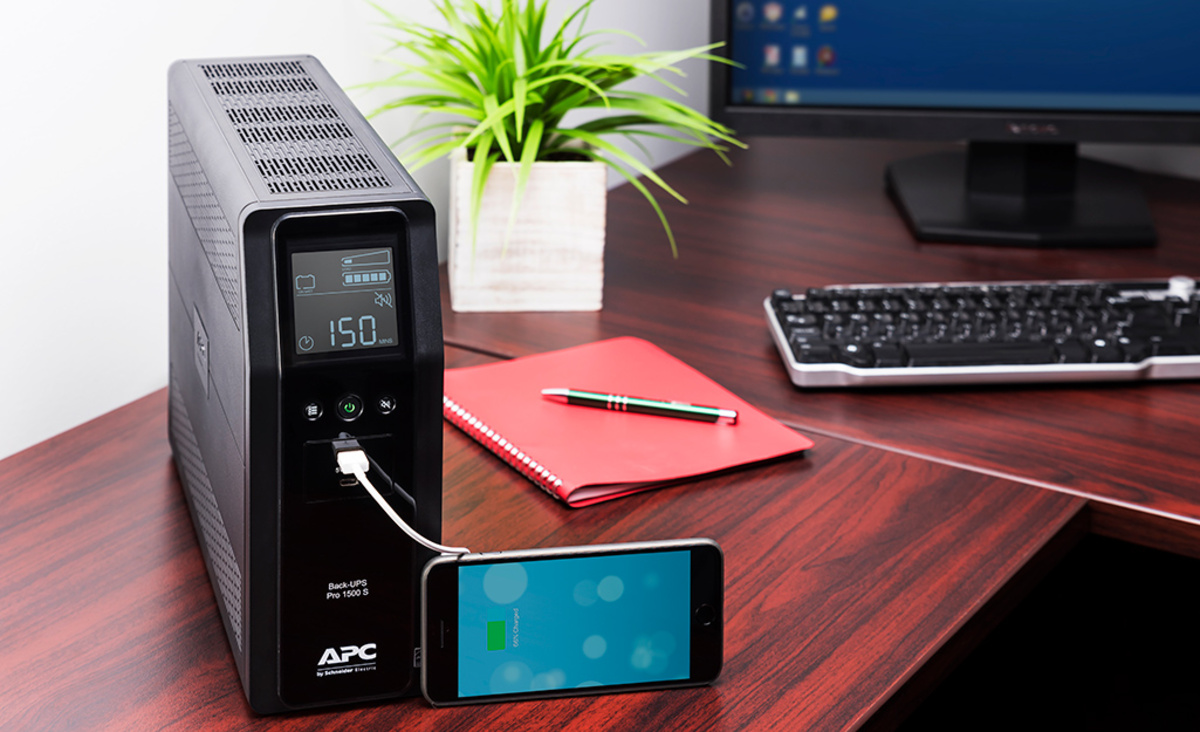



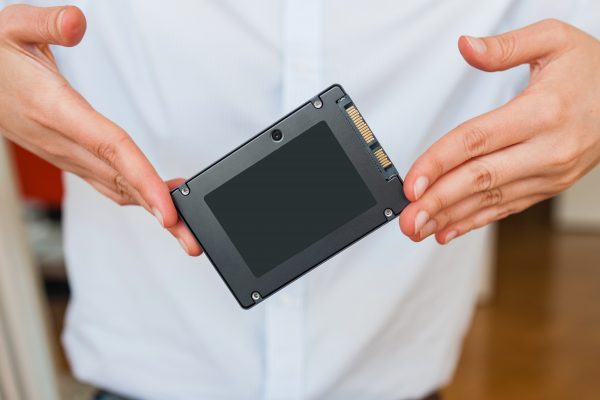
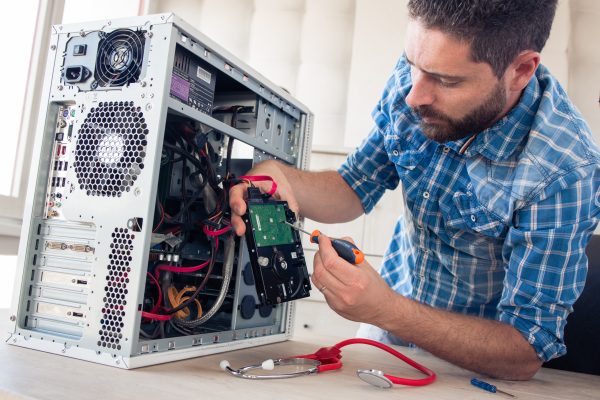


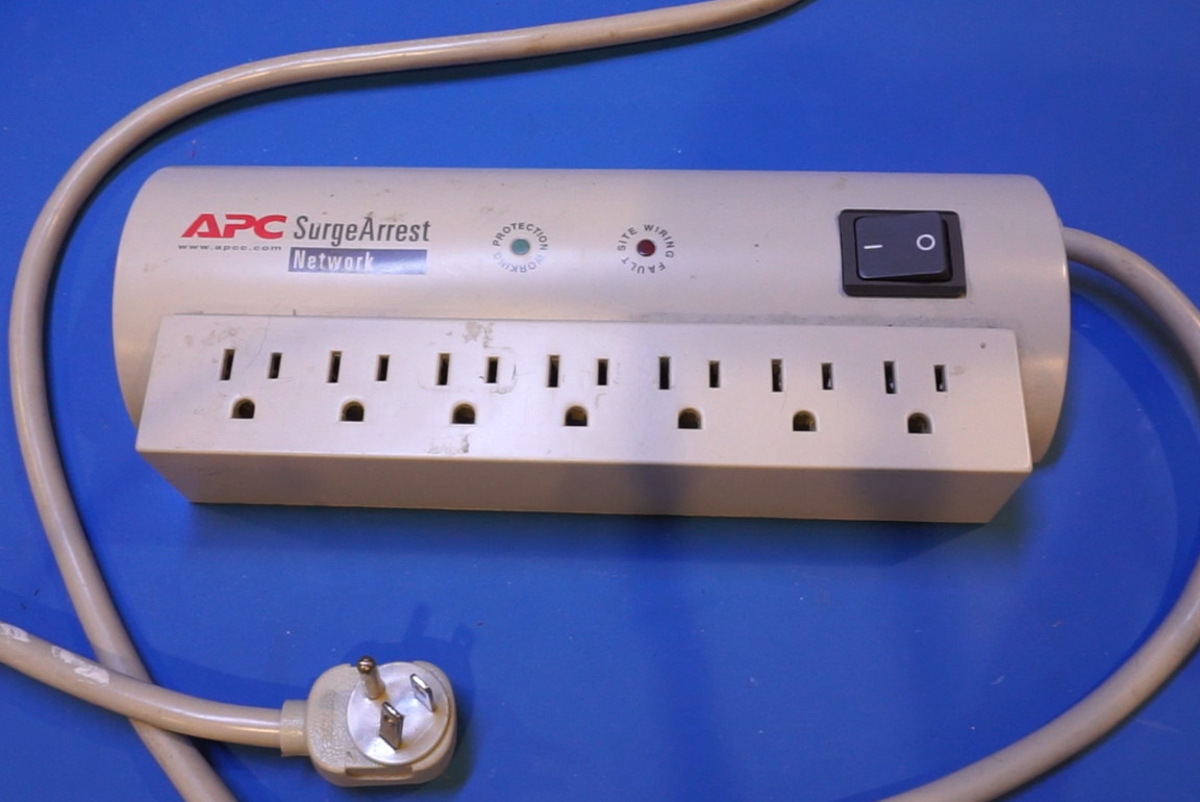
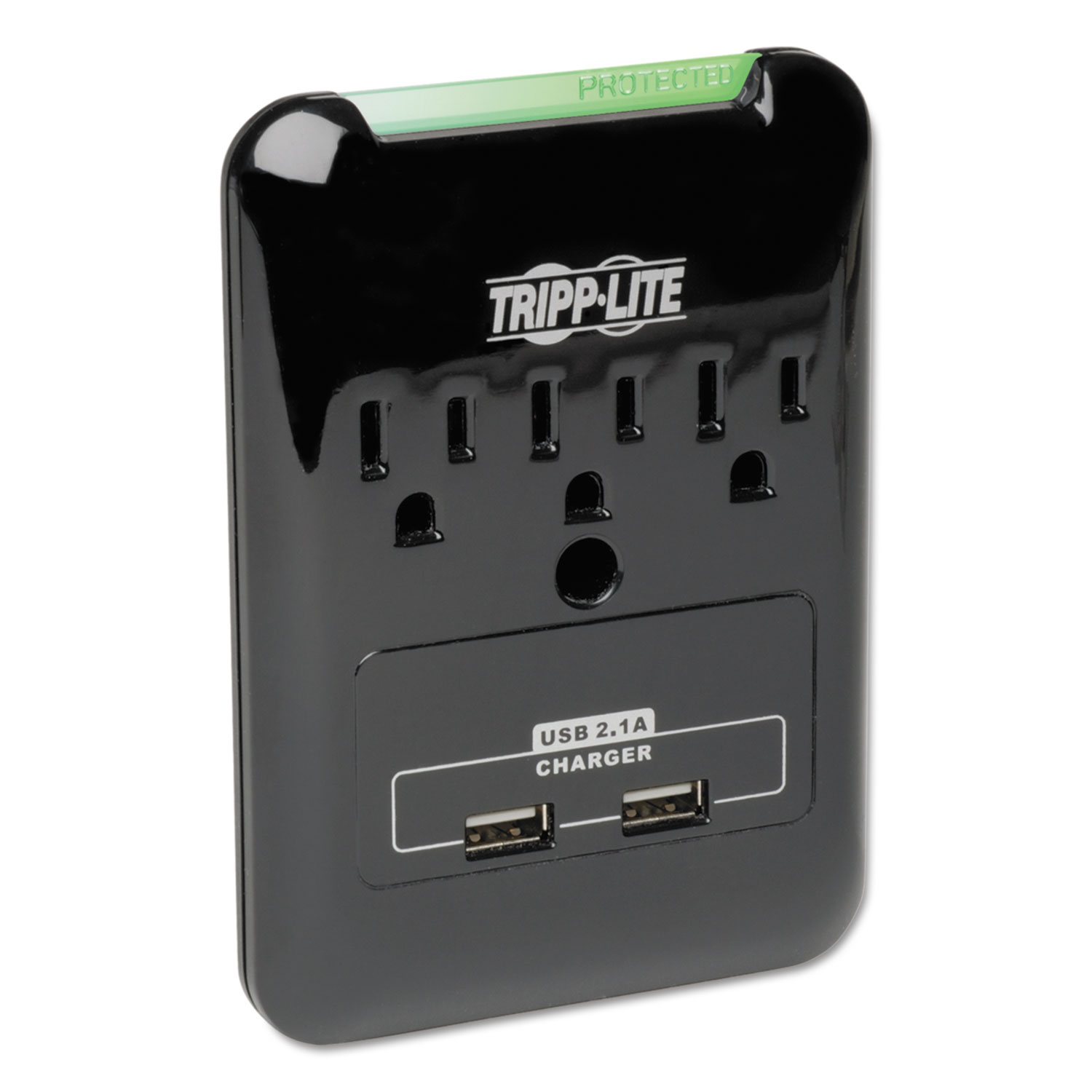
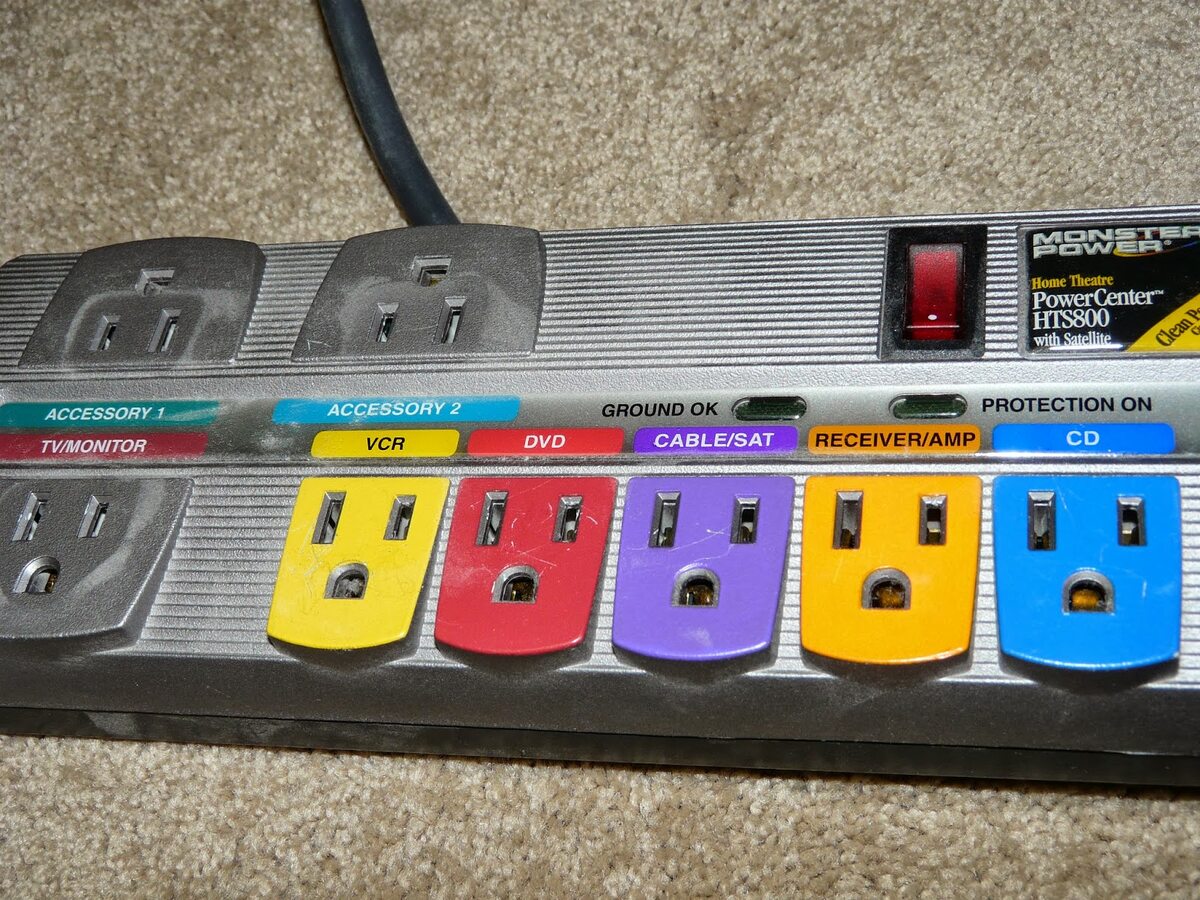
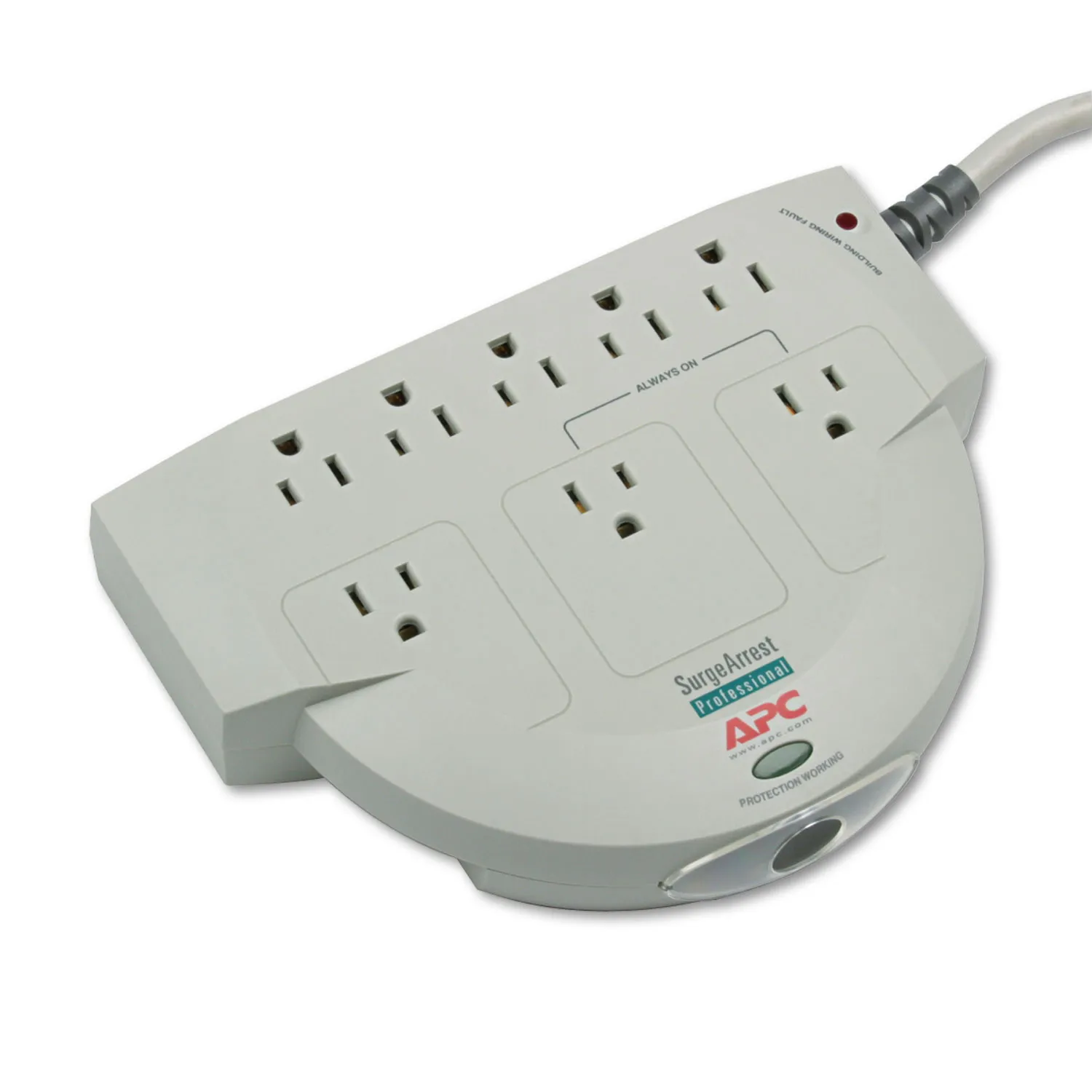

0 thoughts on “Why Do You Need A Surge Protector”